Caulerpa Lentillifera
Caulerpa Lentillifera is a sea weed. It belongs to the genus of Caulerpa and the family of Caulerpaceae. They are shiny green, grape like plants mainly used as vegetables. It has created waves in the international food market because of its high nutritional value. It is a popular form of delicacy in Japan and Philippines, termed as the next best thing in the sea food industry.
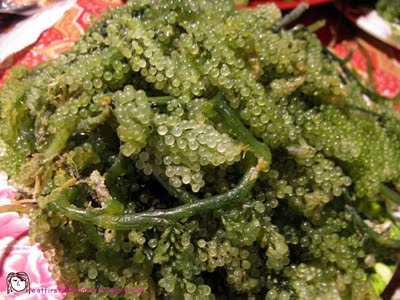
Caulerpa Lentillifera
Table Of Content
Caulerpa Lentillifera Common Names
Caulerpa Lentillifera is commonly known as Sea Grapes, Green Caviar, Lelato, Ararusip, Lato and Umi-budo.
Caulerpa Lentillifera Description
Caulerpa Lentillifera is a sea weed. It is actually a single cell organism.
Size: The weed grows up to about 2 to 5 meters. The diameter of the plant is usually 2mm in diameter. The branches are about 20 mm long.
Shape: The plants are small and branches are erect. The structure is grape like. Each grape is a tiny spherical bead and these are tightly packed on a vertical stem to form a sausage like shape. The grape, through a narrow channel is attached to the stem. These bunches of grapes emerge from a long horizontal stem that creeps over the surface.
Texture: The sea weed is robust, crispy, watery and slimy. Its softness makes it edible.
Color: The color of this sea weed ranges from bright green to bluish and at times olive green.
Taste: Caulerpa Lentillifera tastes like sea water. It somewhat tastes like other algae and is slightly salty.
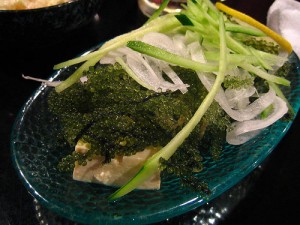 Picture 1 – Caulerpa Lentillifera
Picture 1 – Caulerpa Lentillifera
Caulerpa Lentillifera Distribution
Caulerpa Lentillifera is mainly available in Indonesia, Philippines, Thailand, Vietnam and Japan. It is also distributed in tropical areas like Kenya, Madagascar, Mauritius, Mozambique, Somalia, South Africa, Tanzania and Papua New Guinea.
Caulerpa Lentillifera Habitat
Caulerpa Lentillifera grows in warm, shallow lagoons around the world. They grow in coral rubbles and rocks. They also grow in sandy or muddy sea bottoms. These species are best adapted to pond culture. It cannot survive in fresh water. In Philippines, surface drains are placed around the ponds to remove fresh water.
Caulerpa Lentillifera Cultivation
Plantings are usually done by hand. Harvesting begins about two months after first planting and then the sea weed is pulled out of the muddy bottom.
The water temperatures range between 25 to 30 degrees Celsius. The harvesting is done after every two weeks. The harvested plants are washed thoroughly in sea water, to get rid of sand and mud. They are then sorted out and packed.
Caulerpa Lentillifera Nutritional Facts
Caulerpa Lentillifera is a highly nutritional sea weed. A 100 gram sample of these sea weeds is taken. The figures are given approximately.
| Crude Protein | 12.46-12.51 mg |
| Crude Lipid | 0.76-0.96 mg |
| Crude Fiber | 3.0-3.37 mg |
| Ash | 23.21-25.28 mg |
| Carbohydrate | 59.27 mg |
| Moisture | 24-26 mg |
| Soluble Fiber | 16-18 mg |
| Vitamin C | 34.5-34.9 mg |
| Sodium | 8917.46 mg |
| Potassium | 1142.68 mg |
| Calcium | 1874.54-1874.94 mg |
| Magnesium | 1028 mg |
| Iron | 21.37 mg |
| Zinc | 3.51 mg |
Caulerpa Lentillifera Health Benefits
Caulerpa Lentillifera is highly nourishing as it contains vast proportions of minerals and vitamins.
- People in Okinawa believe that if they eat this sea weed then they recover from serious illness as it contains high amounts of Vitamin A, Vitamin C and minerals.
- It is effective for heat injury.
- Being a good source of Magnesium, Caulerpa Lentillifera reduces high blood pressure and prevents heart attack.
- This category of sea weed suppresses the cancer cell effect.
- It is rich in iodine which makes it useful for people suffering from thyroid problems.
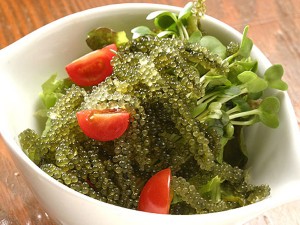 Picture 2 – Caulerpa Lentillifera Picture
Picture 2 – Caulerpa Lentillifera Picture
Caulerpa Lentillifera Uses
Caulerpa Lentillifera or Green Caviar is used in garnishing or eaten raw. Apart from edible uses it has no other uses as such.
Edible Uses
- It is eaten raw with vinegar.
- It is used in salads.
- It is largely eaten as snacks.
- Caulerpa Lentillifera is recently used in Sushi.
- It is used as an ingredient in Salmon Rolls.
- It makes an ingredient in potato pancakes.
- Caulerpa Lentillifera is also used in potato slices.
Caulerpa Lentillifera Recipe
Caulerpa Lentillifera or Green Caviar is the next best thing to caviar for the Chefs. Some of the popular recipes are given below.
- Sea Food Ceviche on Cucumber round topped with Green Caviar.
- Golden Caviar Dip.
- Party Caviar Pie.
- Layered Caviar Dip.
- Nouvelle Deviled Eggs with Caviar Caps.
- Scallops with Caviar and Asparagus.
- Crispy fried oysters with Caviar crème fraiche.
- Southwestern Caviar.
- Lobster and Caviar Salad with green peppercorn dressing
- Egg, Sour cream and Caviar spread.
- Portabella Mushroom Caviar.
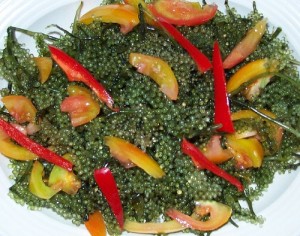 Picture 3 – Caulerpa Lentillifera Recipe
Picture 3 – Caulerpa Lentillifera Recipe
Caulerpa Lentillifera Side Effects
A toxic substance named caulerpicin causes weakness, sleepiness, dizziness, trembling, scratching of the lips and even death have been reported. So the weeds must be chosen carefully for consumption. This species of sea weeds produces toxins to protect themselves from marine fish. This makes it toxic and unfit for human consumption if not cleansed properly.
Caulerpa Lentillifera Storage
Caulerpa Lentillifera is very sensitive to cold. This survives in temperatures ranging around 20 to 35 degrees Celsius. Therefore, if kept in the refrigerator, it tends to wither due to cold. After washing with water, it cannot be kept for a long period of time, one has to consume it quickly.
Caulerpa Lentillifera During Pregnancy
Some toxic substances can be present in Caulerpa Lentillifera, so it is essential that one should during pregnancy. It is recommended that one should consult the doctor before consuming it.
Caulerpa Lentillifera Pictures
Let us take a look at some of the pictures of this sea weeds which are so popular.
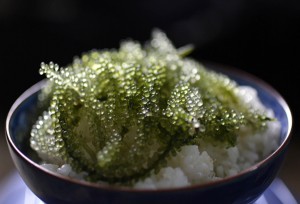 Picture 4 – Caulerpa Lentillifera Image
Picture 4 – Caulerpa Lentillifera Image
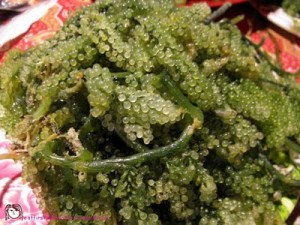 Picture 5 – Caulerpa Lentillifera Photo
Picture 5 – Caulerpa Lentillifera Photo
References:
http://en.wikipedia.org/wiki/Green_caviar
https://www.tsunagujapan.com/umibudo/
https://uses.plantnet-project.org/en/Caulerpa_lentillifera_(PROSEA)
https://www.jpsr.pharmainfo.in/Documents/Volumes/vol11issue03/jpsr11031921.pdf
- by Shourini Banerjee
- March 23rd 2012

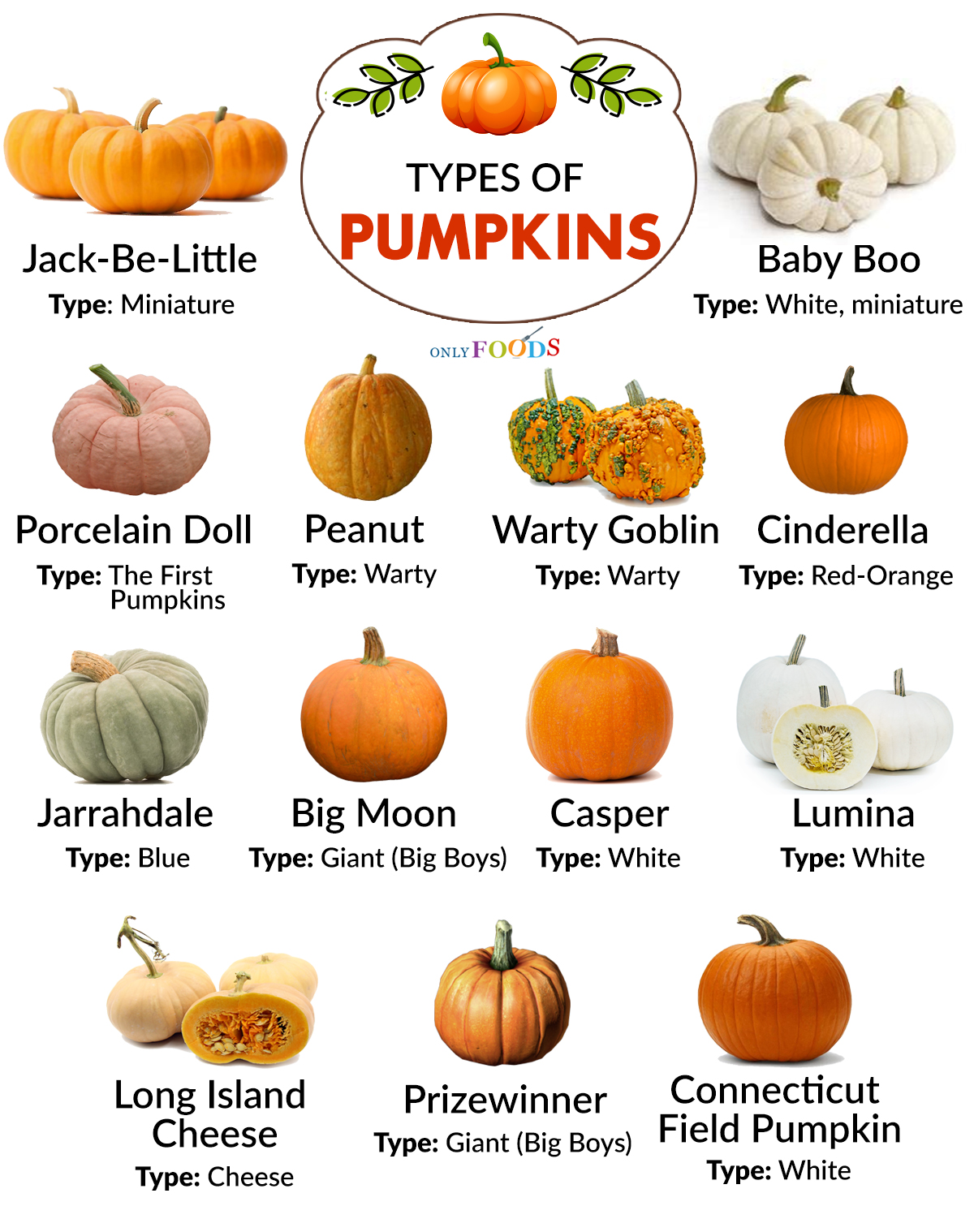
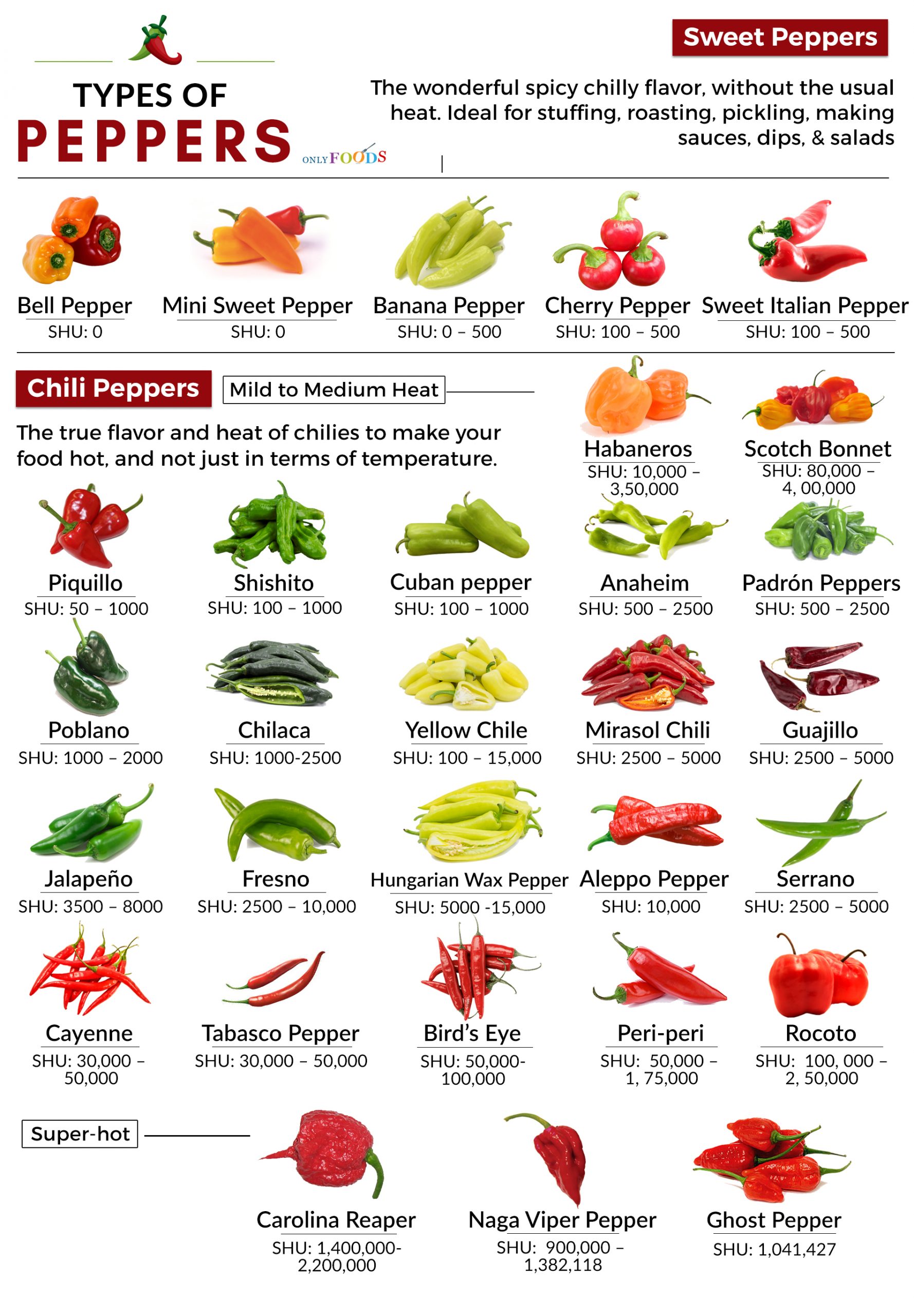
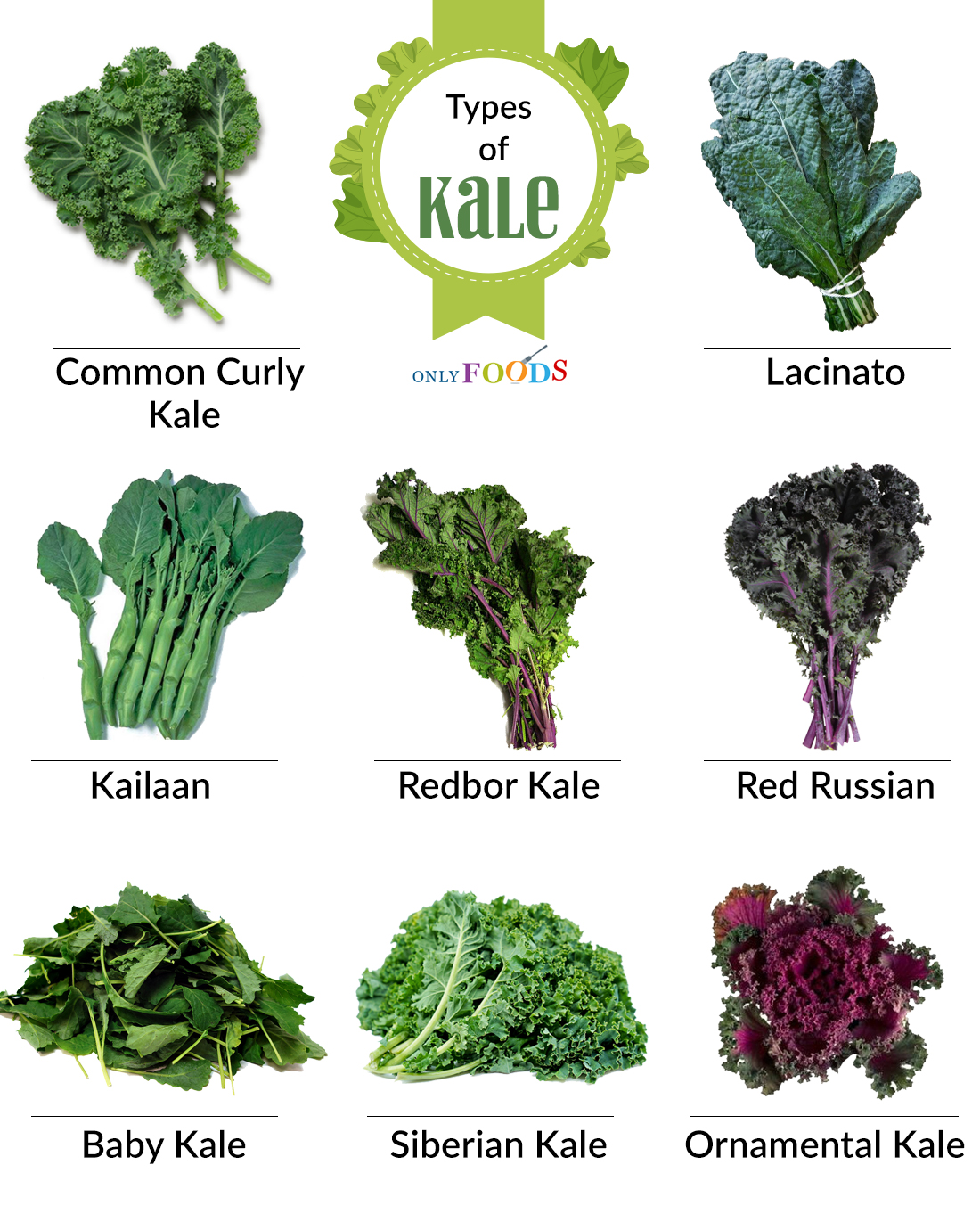
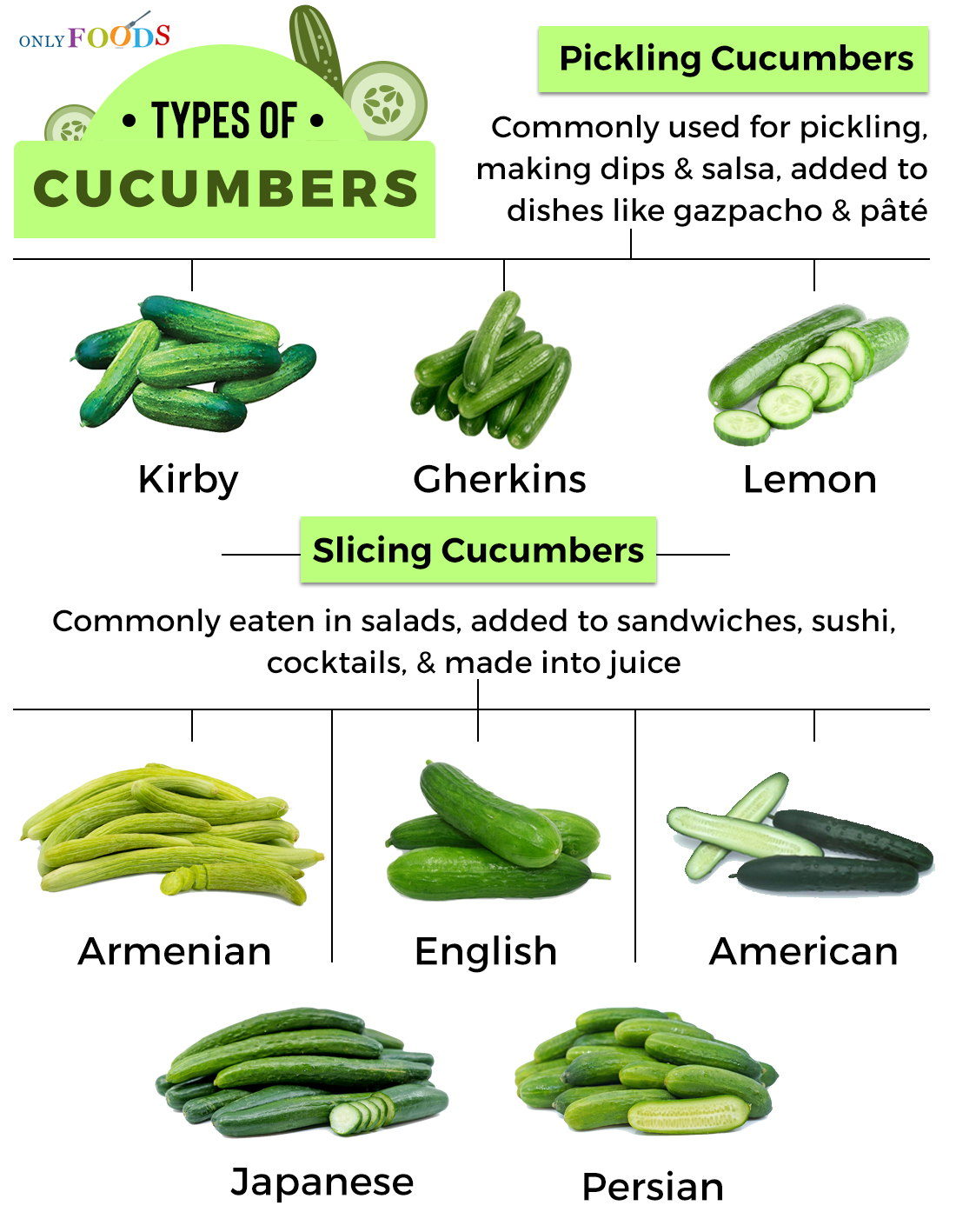















Leave a Reply